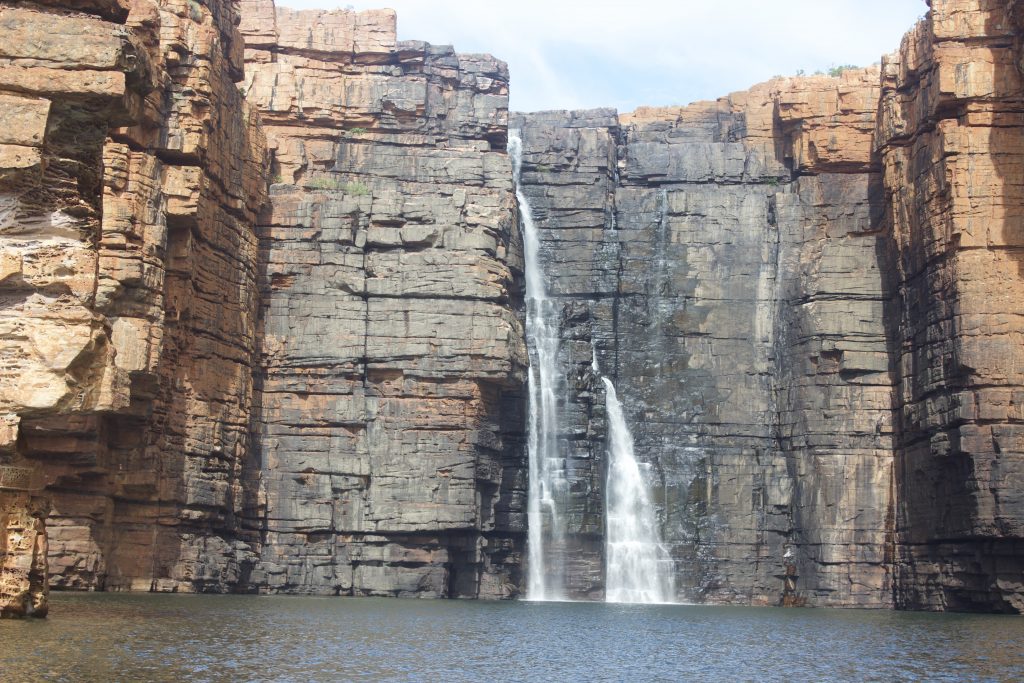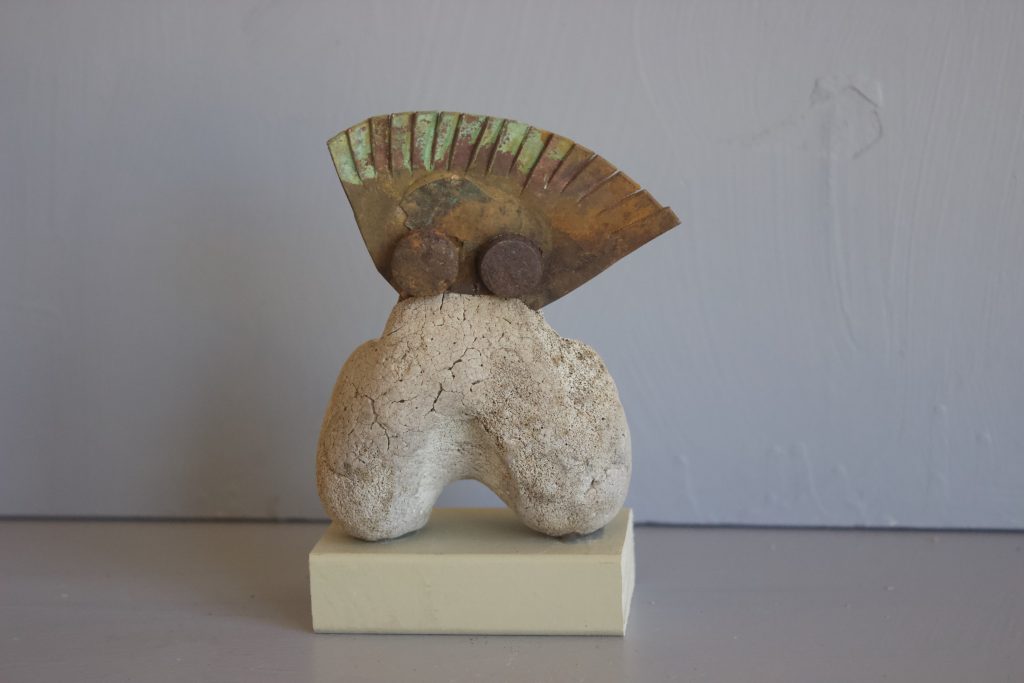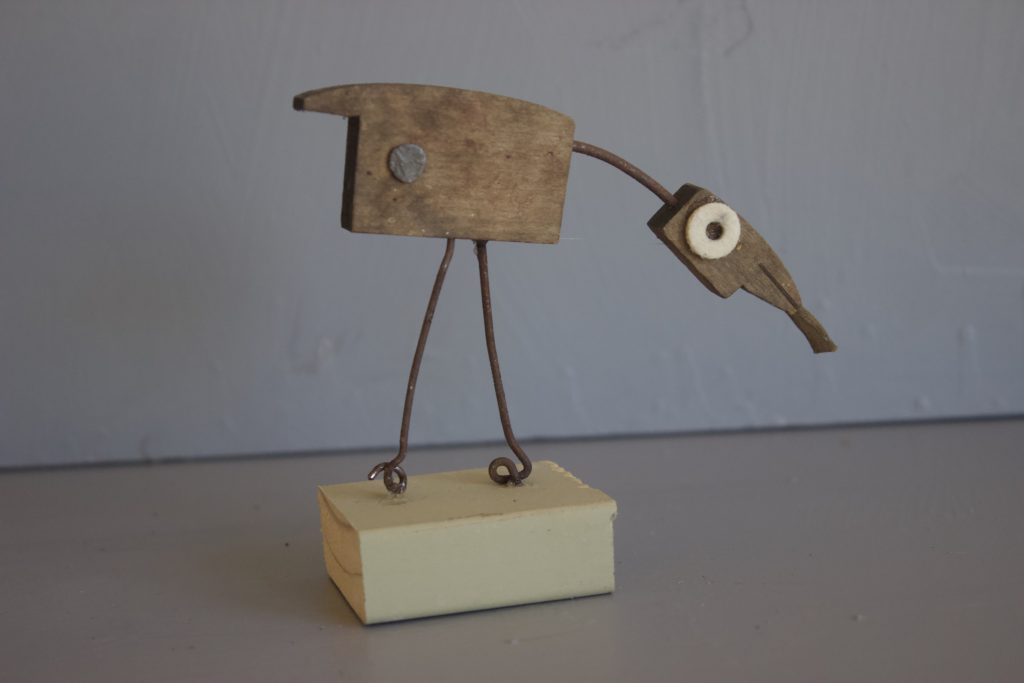The Muster
29 Feb

It is dark when we rise early to muster sheep.
My father has already stoked up the Rayburn wood stove and now sits by it occasionally stirring the steaming porridge with the worn wooden spoon. He moves it to the warming plate where it gently pops and then calls my brother and me with a “porridge is ready”, repeated several times for my benefit.
We eat the porridge in silence and then tea and toast with my mother’s homemade marmalade spread thickly.
The horses are caught and saddled and the dogs let off their chains. Free of their restraint they race around chasing each other, yelping with excitement and eager for work.
We re-tighten the girth on our saddles, mount and ride out before dawn; the clip clop of the shod hooves echoing on the gravel road in the still morning.
The air is sweet and fresh in the nostrils. A chill on the cheeks.
It is shearing time on the family farm, which extends from creek flats to long spurs to steep country up on the Liverpool Range. Today we are mustering The Tops, the steepest paddock, and we are up early so we can get to the sheep while they are still in a mob before they have moved off their night camp at the top of the range. If sheep have moved off to graze and are scattered it is considerably harder to muster.
We ride on silently to the rhythmic clopping of the horse’s hooves. My brother breaks the silence and comments to my father,
“We could sell some of those old wethers”.
“I suppose so”.
“The market’s good for old sheep now”
“Yes…its not bad”.
Silence returns
A blanket of ghostly cloud drapes the range; gradually brightening with the dawning to appear like cotton wool, reaching down, caressing the spurs.
The day wakes. Magpies chortle, kookaburras laugh, wrens twitter.
A dog trotting ahead spots a cow. It nips its hocks. The cow bellows.
It breaks my father’s silence.
“Come behind! Come behind here!” my father calls out. His dog cowers back and trots along between the hind legs of his mare.
We ride on as dawn is breaking; splash across the sparkling Fowlers Creek, along the side of Kurrajong paddock where the Mountain Ash grows and black cockatoos often screech.
My father notices a large patch of Bathurst burrs.
“We’ll have to get onto those”, he says, his weather-beaten face creasing. Burrs and lice are always a worry for my father.
We are at The Tops. There is no gate into it.
“We should put a gate in here”, my father says. He has been saying that for many musters. But it’s not really necessary.
We open a flood fence and lead the horses through.
We have to climb to the top of one side of the paddock. The track through the thick dogwood is unclear. A track for sheep through thick scrub is not necessarily a good one for horses, as sheep can move along under the canopy. We locate a resemblance of a track and urge the horses through. The bushes brush our horse’s chests and our legs. Sometimes we have to push branches aside. The track gets steep and stony and the horses puff and struggle. We dismount and lead the horses.
We reach the top of the range and rest and give the horses a ‘blow’.
It is beautiful up hear, and the air so clean and crisp. The low cloud is lifting and I look out over the ridges down the wide valley to the distant Liverpool Plains with its patterns of green, yellow and brown cropping and grey-fallowed land stretching to the west. I am filled with wonder, and up here high on the dividing range I imagine that it could be possible that a raindrop fallen up here could either finish up in the sea at Newcastle via the Hunter River or in the sea in South Australia via the Namoi, Barwon, Darling Rivers and the Coorong.
It’s time for work. We mount.
Our timing is good. The sheep are in a mob just moving off their camp at the top of the hill.
We shout out lots of “hey heys” and “ho hos” and the sheep move quickly from their camp and race off down the hill. We each take a spur to ride down and follow the sheep, checking for stragglers.
It all goes smoothly until…
“Come behind here…come behind here. Bloody things. Get out of there. Dear oh dear. Come behind”. My brother has stumbled on a pea eater, a sheep that has eaten the Darling Pea plant which is toxic to the sheep’s nervous system. When they heat up they tend to charge off in all directions, crashing into trees and fences. With difficulty my brother manages to get it back into the mob. Sometimes they have to be caught and carried across the pommel of the saddle. Sometimes they get into such an inaccessible place that they have to be left behind. That is to be avoided for if that sheep had lice it could infect the rest if it rubbed up against them. Sheep are ‘dipped’ in a chemical after they are shorn in order to control the irritating insect which has a detrimental effect on wool quality.
We eventually muster the sheep; gather them at the gate at the bottom of the paddock, and then count them through the gate. My father is looking keenly for any signs of rubbed wool, the indicator of lice.
We drive the sheep toward the yards at the shearing shed, the dogs working side to side behind the mob.
We are pleased with the ‘clean’ muster.
“They’re looking good”, I say to my father
“Not bad”, my father replies
“They should cut well”.
“I think so”.
“And yield ok”.
“Yes…I suppose so … providing there’s not too much burr in it”.
We lead our horses behind the slow moving mob, with the strong, sweet, spring scent of trampled pennyroyal in our nostrils.





